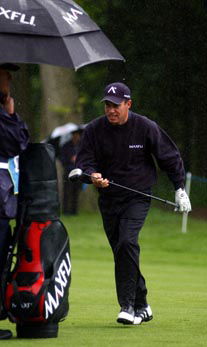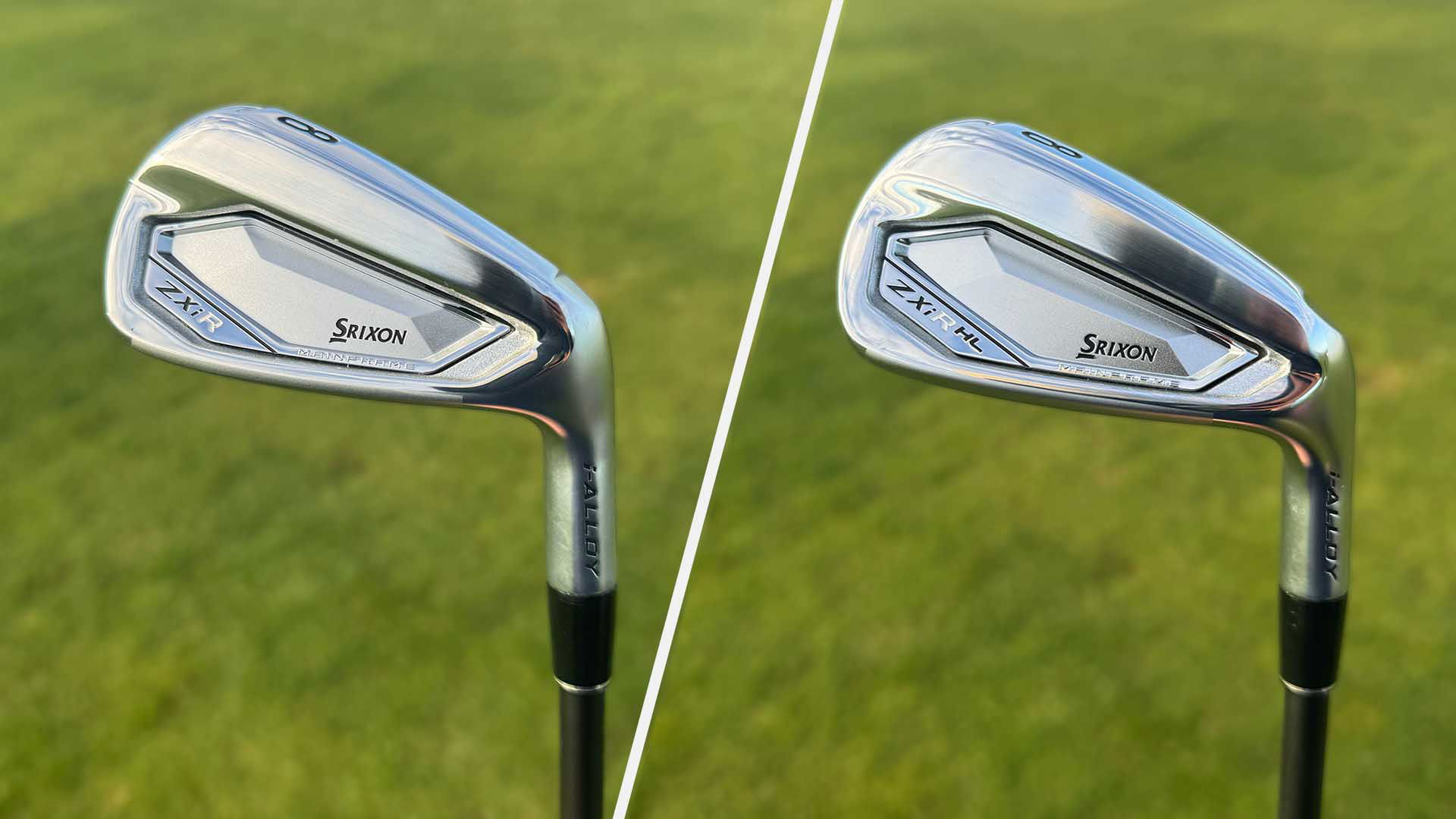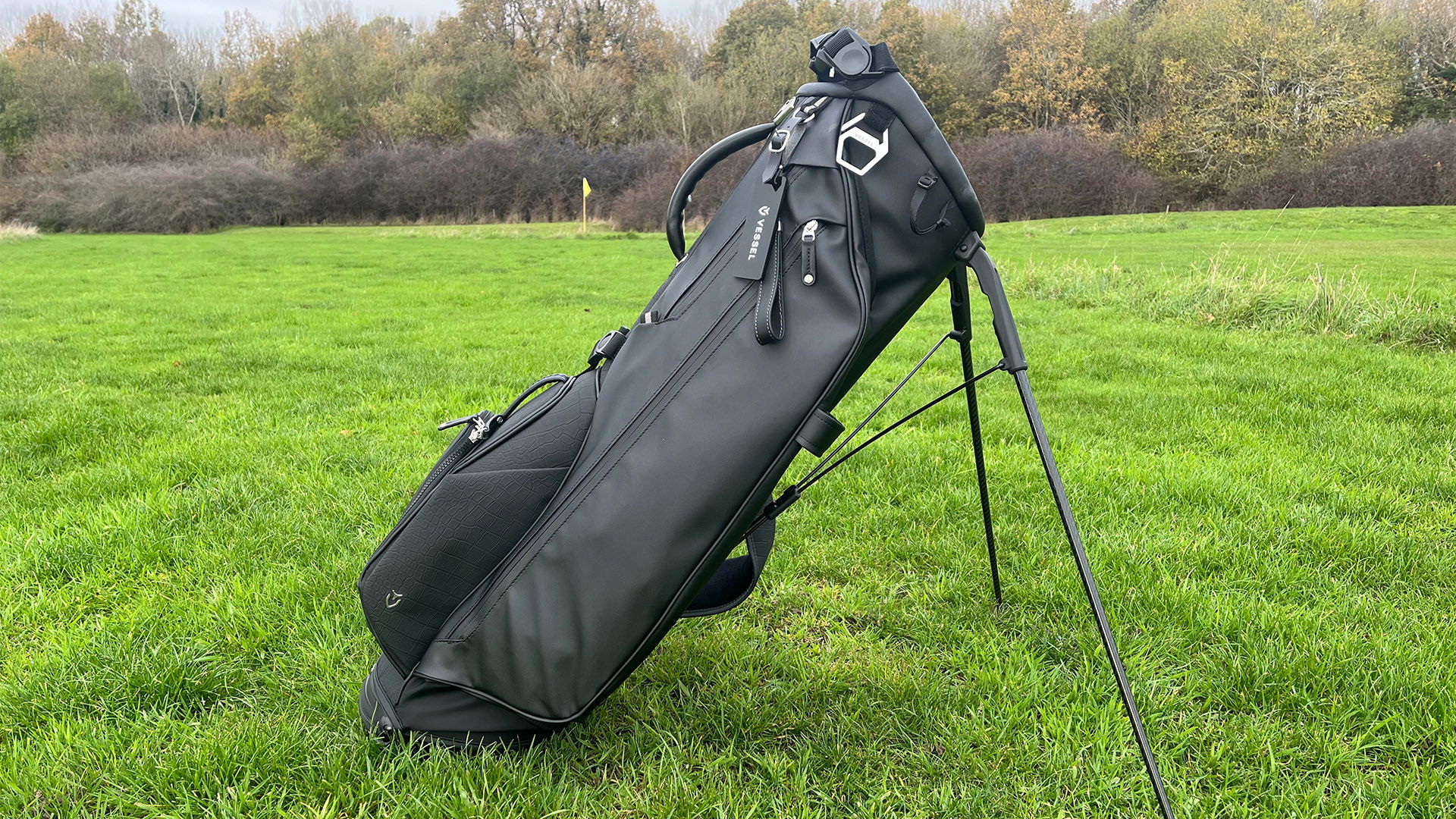Winter Rules re-visited
A reminder of what they mean and how you proceed

 |
It’s the time of year when a visit to your local golf club means you are greeted by a notice on the first tee ‘winter rules in operation.’
This usually runs from October or November through to the end of April and is in operation to protect the course as well as to improve your enjoyment.
The notice mainly applies to ‘placing’ on the fairway or any area of mown grass but can also varies local rules instigated by the club to protect the playing surface and the greens.
Here’s a duffers guide to Winter Rules and other situations you may find useful to be explained.
What does winter rules mean?
Winter Rules are also known as ‘preferred lies’. In most cases a ball which comes to rest on a normally mown area (the fairway or the fringe surrounding a green) may be marked (with a tee peg, pitchmark repairer or ball-marker) lifted and cleaned and replaced (not dropped) without penalty.
The ball must be replaced within six inches (15cms) of its original position no nearer the hole and played from that point.
Some courses’ local Rules allow for the ball to be replaced within a club length, but under normal Rules of golf for competition play it’s within six inches.
What’s casual water?
At this time of year rain tends to soak into many courses but often the ground gets saturated and can take no more.
The result is that the residue sits on the surface in puddles, referred to as ‘casual water.’ Obviously you get relief from this without penalty but there is a procedure which should be followed.
Casual water is defined as ‘any accumulation of water on the course (other than a water hazard) visible before or after a player takes his stance.’
It includes snow and ice, overflow from a hazard if outside the line of the hazard or a pitchmark filled with water.
It does not include mushy ground, water which appears when pressing down a foot mark or dew and frost.
How do you take relief from casual water?
A player is entitled to penalty-free relief (though he doesn’t have to take it and can play it as it lies) when a ball lies in or touches casual water or when it interferes with the stance or the area of intended swing.
After identifying and marking the nearest (not necessarily the nicest) point of full relief from the condition (not nearer the hole, in a hazard or on the putting green), the player can drop the ball from shoulder height, facing the intended line of play, within one club length of that point.
This may mean dropping in the rough even though the ball had originally been on the fairway or vice versa. If comes to rest on a mown area (fairway or fringe) he can proceed as for preferred lies. Having been dropped the ball may roll up to a further two club lengths.
If casual water is in ground under repair he may first take relief from casual water and then take further relief from GUR.
If there’s a puddle on the green between my ball and the hole? What do I do?
On the putting green, if casual water is on the line of your putt. You may take relief without penalty.
Mark the original position of your ball and lift and clean the ball and move it to the nearest point on the green of identical distance which enables you to avoid the original condition.
If maximum relief is not available at any point on the green, ‘maximum possible’ relief not nearer the hole, allows you to proceed without penalty, even if off the green.
What if I’m just off the green in the fringe and there’s water on my intended line of play to the hole?
When the ball is off the green, you get no relief merely because casual water might be on the green on the line of putt or chip. If you try to brush away the casual water (or frost or dew) it’s a two stroke penalty and loss of hole in matchplay.
What do I do if my ball lies in casual water in a bunker?
Similar procedure. Drop it (but you can’t place it) at the nearest point of relief within the bunker, not nearer the hole, without penalty. If complete relief is not available (and your stance is still in casual water), you must drop it elsewhere in the bunker, as near as possible to the original spot but not nearer the hole and on ground which affords maximum relief (though not total) from the casual water.
What if the ball comes to rest in a bunker full of water?
You can either drop it in the shallowest part without penalty or declare it unplayable and drop it outside the hazard with a one-stroke penalty.
Why can’t I drop it outside the bunker?
You can but as the bunker is a hazard, you must incur a one-stroke penalty and keep the point where the ball originally came to rest between you and the hole, dropping it back as far as you like.
If my ball is plugged in the fairway or the fringe during Winter Rules can I place it under preferred lies without penalty?
Yes you can. The ball is embedded in its own pitchmark.
What happens if my ball is plugged in wet rough?
No free relief, I’m afraid, unless stated in the Local Rules. You can lift it without penalty to identify it or determine it’s embedded (after announcing to an opponent or fellow competitor your intention) but must replace it.
You must then play it as it lies or declare it as unplayable and proceed under the Rules with a one-stroke penalty.
Hope that's clearer than mud, so to speak! If we can help with any queries on the Rules or you would like to bring more to everyone's attention, call in on the Forum where we're always pleased to help.











